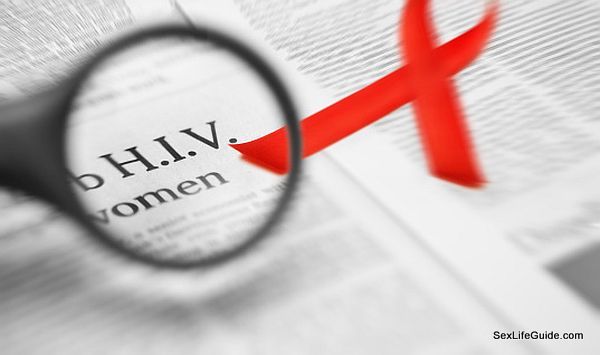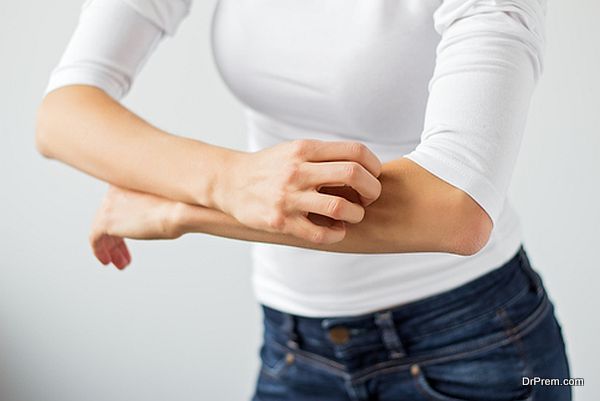Molluscum Contagiosum is a common viral skin infection that results in small, round, painless bumps which are pink, pearly or white in color. The size can vary from a pinhead to a pencil eraser. It can cause itching, but scratching the bumps may lead to the surrounding skin being infected. Though this infection is most commonly seen in children of ages 1 – 12 years, adults with weakened immune system and those who are sexually active can suffer from this infection. It’s extremely contagious and can pass from person to person, or by contact with infected objects.
What causes Molluscum Contagiosum?
Molluscum Contagiosum virus (MCV) causes this infection. Warm and humid climates and congested population are a breeding ground of this virus. Infection happens when the virus enters the body through a small break in the skin surface. Those with immunity can resist this virus, but children and people who are immune-deficient are particularly vulnerable. The growths appear about 2 to 8 weeks after infection.
Kids can get infected by touching objects that have the virus on them, like toys, towels, bedding and clothes.
In adults, Molluscum Contagiosum can be spread between sexual partners, athletes, wrestlers and swimmers who have direct skin-to-skin contact. People who have HIV, or have low immunity due to cancer treatment or long-term steroid use are also vulnerable to this infection. An infected person can further spread the virus by touching the lesions and then touching other parts of the body, called autoinoculation.
What are the symptoms?
The symptoms of Molluscum Contagiosum are the bumps or growths which are pink, white or skin colored and mostly 1 to 20 mollusca are seen. These growths are painless, but are filled with a waxy pus core which contains virus. Each molluscum starts out the size of a pin-head and grows into the size of a pencil eraser over several weeks. A tiny indentation is often formed on top of each molluscum. The mollusca can appear as a single bump, or in clusters, groups or rows. In children, they are seen on the chest, stomach, arms and armpits, legs, groin, genital area and face. In adults, they can show up in the genital area or inner thighs and rarely, around the eyes or mouth. They become itchy, sore, swollen and infected, especially if scratched.
What is the treatment?
Despite know A-Z of skin treatments, most individuals find it troublesome to find suitable solution for molluscum Contagiosum. Mostly doctors can diagnose Molluscum Contagiosum just by looking at the growth or rash. Sometimes a biopsy is done to confirm the diagnosis. In majority of cases, the Molluscum are allowed to disappear naturally, though this can take time, typically 6-18 months but sometimes up to 4 years. They usually leave no marks. To remove the growths quickly, doctors perform certain procedures like removing the contagious center with scalpel or tweezers, removing them after freezing (cryotherapy) or scraping them off (curettage).
In kids, doctors prefer not to use these procedures as they can be painful and hence, burn, blister, scar or discolor the skin. Doctors use these treatments in adults depending on the number of growths and their location. Treatment works best when started early, when the growths are few. Certain chemical agents and creams like salicyclic acid, tretinoin, cantharidin, benzoyl peroxide, or Conzerol cream are prescribed. Sometimes, an oral drug called cimetidine is admininstered.
Article Submitted By Community Writer






